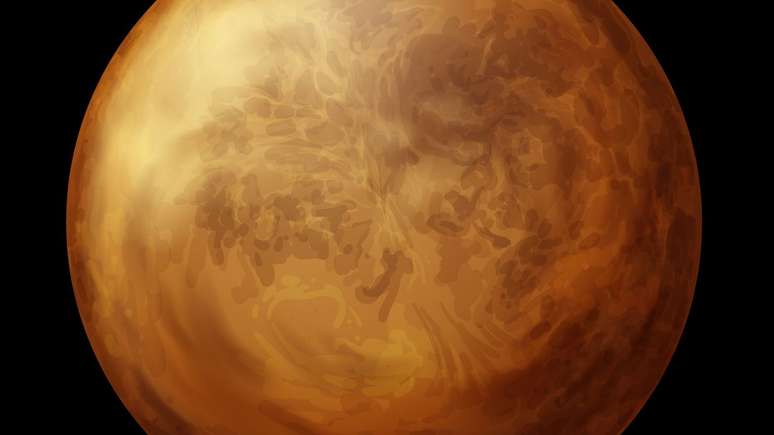Venus, often considered Earth’s twin due to similarities in size and composition, has been a subject of fascination for scientists over the decades. They speculate on the possibility that, one day, the planet may have hosted conditions favorable to life. Recently, research into the chemical composition of its atmosphere reveals that Venus may never have had enough water to form oceans, disproving previous theories.
A study from the University of Cambridge, published in Nature Astronomy, suggests that Venus’ interior is currently so dry that it is unlikely that the planet was, at any time in the past, capable of supporting liquid water. These discoveries further differentiate Venus from Earth and challenge the prospect of finding habitable planets similar to it elsewhere in the universe.
What makes Venus so different from Earth?
Although Venus and Earth share some basic attributes, such as rocky composition and location within the Sun’s habitable zone, their atmospheres and climates are fundamentally distinct. A notable feature of Venus is its dense atmosphere composed mainly of sulfuric acid clouds, resulting in surface temperatures that can reach around 500°C.
The main expectation among scientists was that Venus, at some time in the past, might have had a milder environment, similar to that of Earth. This hypothesis was based on the assumption that Venus could experience an extreme greenhouse effect caused by intense volcanic activity. However, recent analyzes of Venus’ atmospheric composition suggest that this was not the case.
What is the chemical composition of the planet’s atmosphere?
Venus keeps its atmosphere balanced through a process in which removed gases are constantly replaced, most likely by volcanic eruptions. On Earth, such eruptions are rich in water vapor due to the presence of abundant water beneath the Earth’s crust. In contrast, for Venus’ atmosphere to remain stable, volcanic eruptions on the planet must contain no more than 6% H₂O, indicating a notoriously dry interior.
- Internal dryness: The lack of water vapor during eruptions suggests that both the interior and surface of Venus have little water.
- Atmospheric stability: Volcanic gases play a crucial role in maintaining atmospheric balance, but their dry composition highlights an arid environment.
What is the next step in the exploration of Venus?
While this study provides new insights, the question of whether Venus was ever habitable remains open. Future probe missions are needed to get definitive answers. NASA plans to send the DAVINCI mission to Venus by the late 2020s, which could provide more concrete answers about the planet’s climate and geologic history.
These advances in our understanding of Venus not only help clarify its mysterious past, but also guide scientists on where to channel their searches for life outside our solar system, searching for planets that share more characteristics with Earth than with our most inhospitable neighbors.
Source: Terra
Rose James is a Gossipify movie and series reviewer known for her in-depth analysis and unique perspective on the latest releases. With a background in film studies, she provides engaging and informative reviews, and keeps readers up to date with industry trends and emerging talents.







